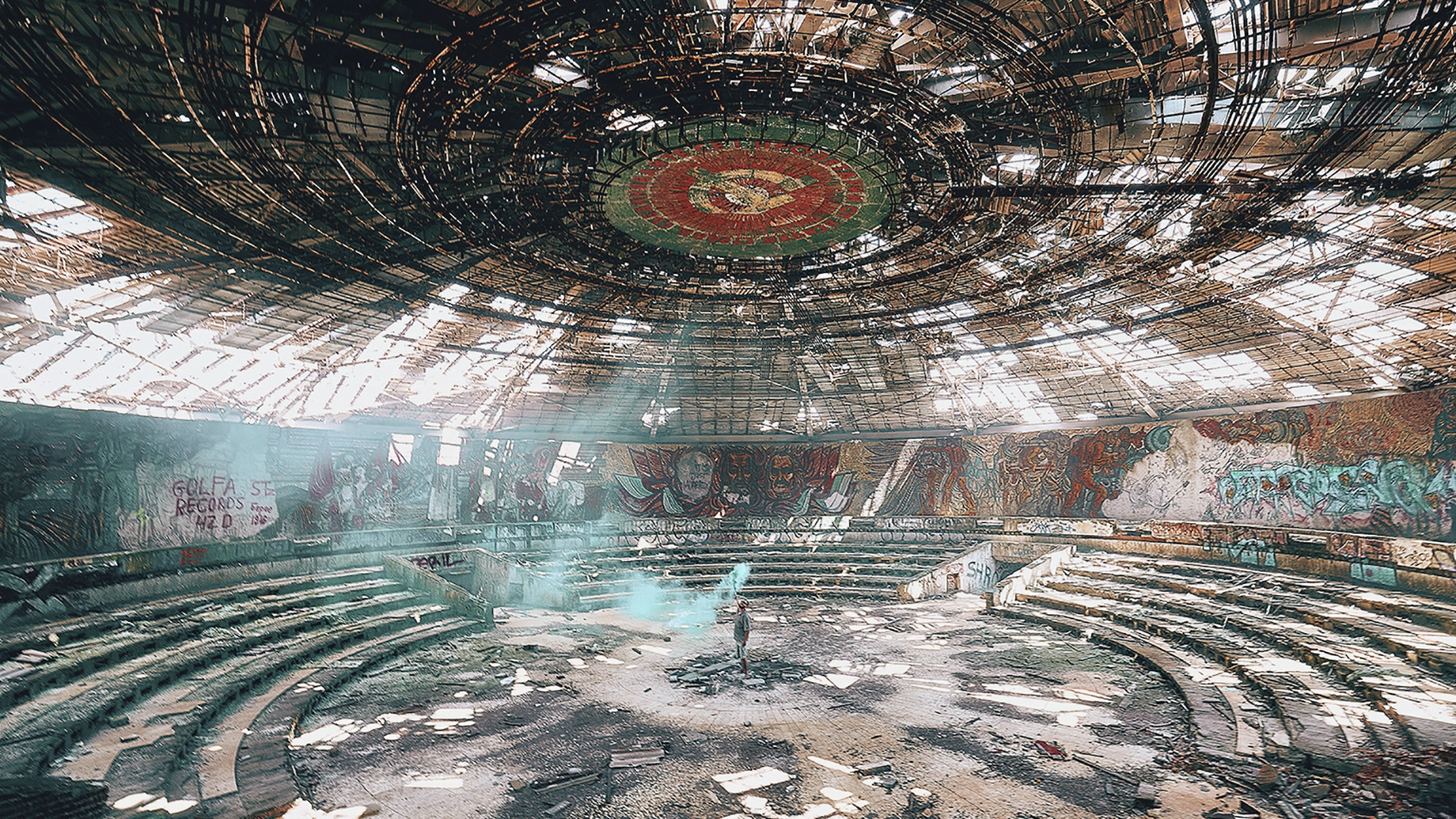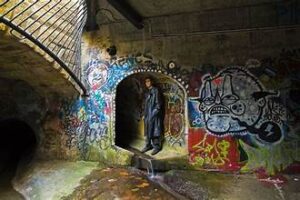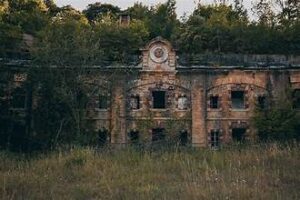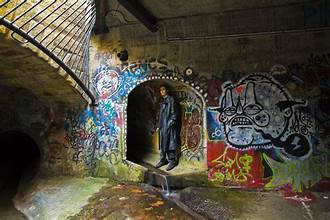
Urban exploration, often referred to as “urbex,” involves exploring abandoned or overlooked structures within city environments. These sites offer a unique glimpse into the past and can provide thrilling and eerie experiences. As we move into 2024, here are ten urban exploration hotspots you should consider visiting. Each location is chosen for its historical significance, architectural beauty, and potential for adventure. Whether you’re a seasoned urban explorer or a curious beginner, these spots promise to deliver unforgettable experiences.
1. Detroit, Michigan – The Michigan Central Station
Detroit, often seen as a haven for urban explorers, boasts the Michigan Central Station as one of its prime attractions. This grandiose train station, once a bustling hub, fell into disrepair after its closure in 1988. Despite its state of abandonment, the station’s Beaux-Arts architecture and its iconic clock tower make it a fascinating subject for exploration. Recent restoration efforts have started to revitalize the area, but the station’s decaying interiors still provide a striking contrast to its historical grandeur.
2. Berlin, Germany – Spreepark
Berlin’s Spreepark, a defunct amusement park, offers an eerie yet captivating experience. Closed since 2002, the park’s remnants of faded rides and overgrown paths create a surreal atmosphere. The park’s history, including its use during the GDR era and its later decline, adds a layer of historical intrigue. Exploring the abandoned roller coasters and carousel horses provides a unique opportunity to step back in time and experience a piece of Berlin’s past.
3. Tokyo, Japan – Gunkanjima (Hashima Island)
Known as Gunkanjima or “Battleship Island,” Hashima Island is a small, abandoned island off the coast of Nagasaki. Once a bustling coal mining facility, it was abandoned in the 1970s when petroleum replaced coal. The island’s dense, concrete buildings and the crumbling infrastructure evoke a haunting atmosphere. Guided tours are available, allowing explorers to safely navigate this once-thriving industrial site.
4. New York City, New York – The City Hall Subway Station
New York City’s City Hall Subway Station, closed in 1945, remains one of the city’s hidden gems. Renowned for its ornate architecture, including vaulted ceilings and intricate tile work, the station offers a glimpse into the early 20th-century transit system. Although it’s not open for public exploration, special tours are occasionally conducted by the New York Transit Museum, making it a must-visit for urban explorers interested in the city’s subterranean history.
5. Paris, France – Les Catacombes
Paris’s Catacombs are an extensive network of underground ossuaries holding the remains of over six million people. Originally created to address the overcrowding of Parisian cemeteries, the Catacombs have become a popular site for those intrigued by history and the macabre. While parts of the Catacombs are open to the public, unauthorized exploration of the more hidden areas remains a thrilling and secretive adventure for urban explorers.
6. Hong Kong – Kowloon Walled City Park
Kowloon Walled City, once one of the most densely populated places on Earth, was demolished in 1993 and replaced with Kowloon Walled City Park. This park preserves the historical layout and some of the original structures of the infamous Walled City. Exploring the park provides insights into the chaotic and lawless existence that characterized the Walled City before its demolition.
7. Pripyat, Ukraine – Chernobyl Exclusion Zone
The Chernobyl Exclusion Zone, surrounding the site of the 1986 nuclear disaster, is a compelling location for urban exploration. Pripyat, the city closest to the reactor, was abandoned following the explosion, leaving behind an eerie, frozen-in-time landscape. With strict regulations and guided tours available, exploring Pripyat allows visitors to witness the remnants of Soviet life and the devastating impact of the nuclear disaster.
8. Toronto, Canada – The Don Jail
Toronto’s Don Jail, an iconic Gothic-style prison, was in operation from 1864 to 1977. The jail’s architectural features, including its imposing stone façade and ornate interior details, offer a glimpse into its storied past. Though it is no longer an active prison, the site is now part of a larger complex that includes a hotel and office space. Special tours and events provide opportunities to explore its historic halls.
9. Moscow, Russia – The Bunker-42
Bunker-42, located beneath the streets of Moscow, was a Cold War-era military bunker designed for use in the event of a nuclear attack. It has been converted into a museum and offers guided tours that delve into its history and the technological advancements of the era. The bunker’s stark, functional design and its role in Cold War history make it a fascinating destination for those interested in military history and urban exploration.
10. São Paulo, Brazil – Edifício Martinelli
São Paulo’s Edifício Martinelli, completed in 1934, was once the tallest building in Latin America. Despite its architectural significance, the building fell into disrepair over the years. Urban explorers can appreciate its historical value and architectural details, including its Art Deco elements and panoramic views of the city. Efforts are underway to restore and repurpose the building, but it remains a compelling site for those interested in urban decay and revitalization.
Conclusion
Urban exploration provides a window into the past, allowing us to connect with history and experience the often-overlooked aspects of urban environments. The ten hotspots listed here offer diverse experiences, from abandoned amusement parks to Cold War bunkers, each with its own unique story. As always, when engaging in urban exploration, prioritize safety and respect for property. Happy exploring!




